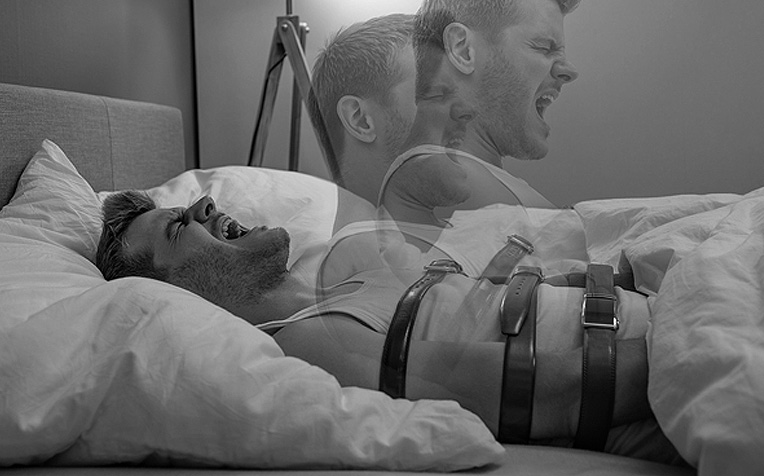
While some experience sleep paralysis once or twice in their lifetime, others may experience it more regularly. This frightening condition, marked by breathlessness as well as the inability to move, scream or open your eyes while awake in bed, has been described across cultures worldwide for centuries.
“Knowing what triggers sleep paralysis and understanding how our sleep cycle works can reframe the experience and melt away the fear and terror associated with it,” shares
Clin Assoc Prof Ong Thun How, Senior Consultant from the
Department of Respiratory and Critical Care Medicine and immediate past Director of the
Sleep Disorders Unit at
Singapore General Hospital (SGH), a member of the
SingHealth group.
What can trigger sleep paralysis?
Although supernatural beliefs can intensify the terror felt during a sleep paralysis episode, they do not necessarily trigger it. The following factors are more likley to increase your likelihood of experiencing sleep paralysis:
Mental distress
Lack of sleep or irregular sleeping hours
Being a teenager or young adult
Sudden lifestyle change or variation in sleeping hours
Use of drugs or certain medications to combat
migraines and anxiety disorders
Read more:
If you snore, are you at higher risk of getting diabetes?
How does sleep paralysis happen?
To understand how sleep paralysis happens, you will need to know how the sleep cycle works.
The four stages of sleep in a sleep cycle
The average person goes through 4 to 5 complete cycles of sleep per night. Each cycle has four stages - 1, 2, 3 and rapid eye movement (REM). At stage 1, the brain’s sensory input begins to shut down but you may still recall sounds and sensations from your surroundings. At stage 2, your body starts to relax more and at stage 3, you are in deep sleep.
During the REM stage, your brain suddenly becomes very active, which gives you the ability to recollect vivid dreams. At the same time, almost all of your muscles are ultra-relaxed. This state of relaxation, called hibernation, prevents you from acting out your dream scenario (and unwittingly harming your bed partner).
Sleep paralysis occurs during an overlap between REM and waking stages of sleep
Sleep paralysis happens when there is an overlap between the REM and light stages of sleep. This means that your mind wakes up before the REM stage is complete. As such, you experience the inability to move or shout as well as breathlessness, and even panic. For some people, this feels like a hallucination.
Read more:
How to overcome sleep paralysis and when to seek help
--
Articles on
HealthXchange.sg are meant for informational purposes only and cannot replace professional surgical, medical or health advice, examination, diagnosis or treatment. Photo courtesy of iStock.